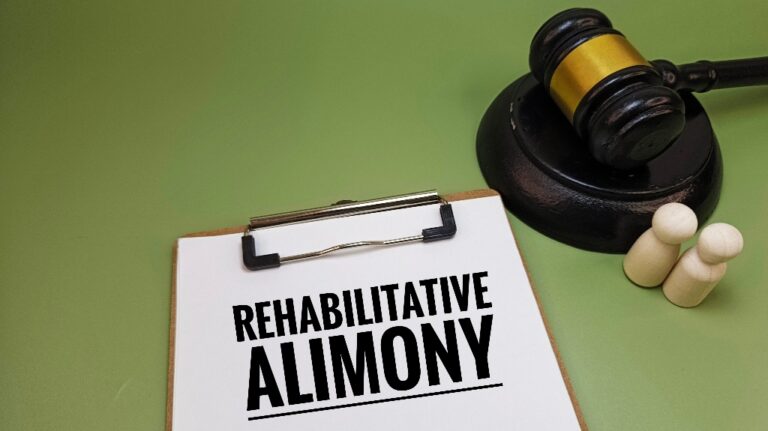Reopening or Modifying Custody Orders in 2026: When Courts Will Revisit Old Agreements
A child custody or visitation order is intended to provide stability, but life can be anything but static. As children grow up,…

Blog

A child custody or visitation order is intended to provide stability, but life can be anything but static. As children grow up,…

The holiday season, which is intended to bring joy and family togetherness, can also lead to stress and conflict for parents who…

As digital assets like Bitcoin and Ethereum become more common, many residents of Connecticut are wondering what happens to their cryptocurrencies when…

Facing an investigation by the Connecticut Department of Children and Families (DCF) can be one of the most stressful experiences for a…

Watching a loved one struggling with managing their own well-being due to disability, cognitive impairment, or advanced age, can be one of…

Navigating the financial aspects of a divorce can be a challenging experience. One type of financial support that can be ordered is…

Dealing with the loss of a loved one can be difficult enough without the additional confusion of navigating the legal process of…

Blended families, formed from love and fresh starts, come with their own unique dynamics. After working hard to create a loving home,…

Navigating a divorce or separation can be challenging, especially when children are involved. The well-being of children is at the heart of…

For anyone going through a divorce, it is essential to understand the financial implications of spousal support. At Darius Law Group, LLC,…